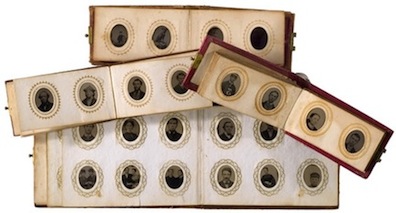Assignment: Read chapters 11 (real photo postcards) in the textbook (free pdf version here or purchase hard copy here).
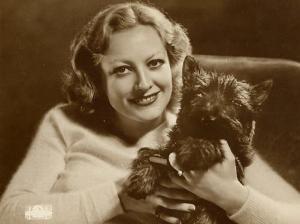
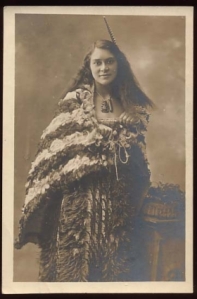
Antique photomechanical postcards with photorealstic images
Beyond real photo postcards, in the old days there were many photo-realistic postcards made from photomechanical (ink and printing press not photography) postcards that resemble real photo cards. They are identified as photomechanical by the ink and printing patterns under magnification. Though ink and printing press prints are really beyond the topic of this course, this post will look at the common antique photomechanical postcards. These are also popularly collected.
Collotype: Collotype real photo postcards have a matte suface and under the microscope have a distinct reticulated pattern, meaning an assortment of different shape pieces. I often say it looks like a bowl of noodles. At normal naked eye level, the images are usually sepia or black and white. Albertype was a company that made collotype printing, so the Albertye Co. name on back will identify a collotype.
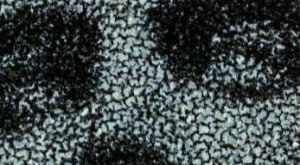
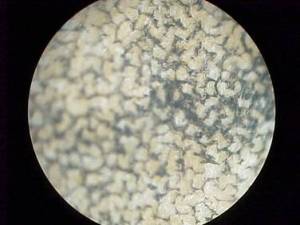
Photoengraving. Many antique photorealistic postcards are photoengravings. Under the microscope the printing has a dot pattern a distinct dark rim to the edges, from how the ink as physically pressed to the edges during printing. Any text on the postcard will have a similar dark edge or rim to th printing. Photoengraving is still used in the fine art, but hasn’t used commercially for many years, so this ink pattern demonstrates the old age of a postcard.
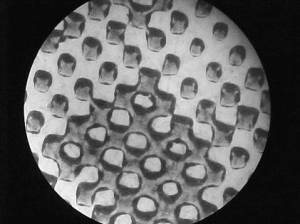
Photogravure/gravure/rotogravure. This type of antique printing made excellent photoreastic images. There are two main types. Photogravure has speckly quality under the microscope while rotogravure has a distinct mesh-like pattern.
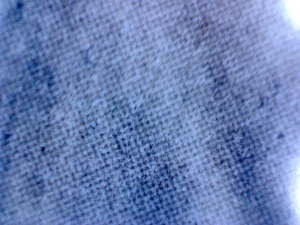
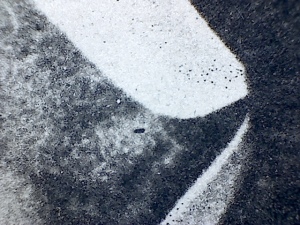
The key is if you have an otherwise antique looking postcard that matches the above, you can be confident it is antique.
Also note that these processes aren’t reserved only for postcards, but other antique prints and the fine arts. Many old magazines, premiums and prints are made from these processes.
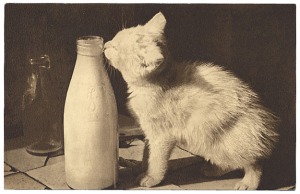
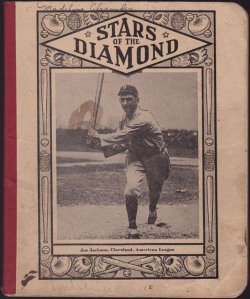
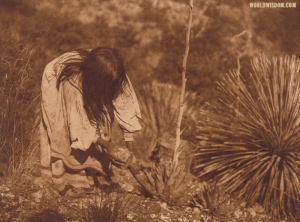
* * * *
Homework questions for assignment #7
28) According to chapter 11, what are the differences (both in physical look and time period) between a ‘Postcard Era’ postcard and a ‘Divided Back’ postcard?
29) According to the stampbox listing in the chapter, what era does the ‘AZO (2 triangles up, 2 triangles down)’ stampbox come from?
* * * *
Course Assignments:
